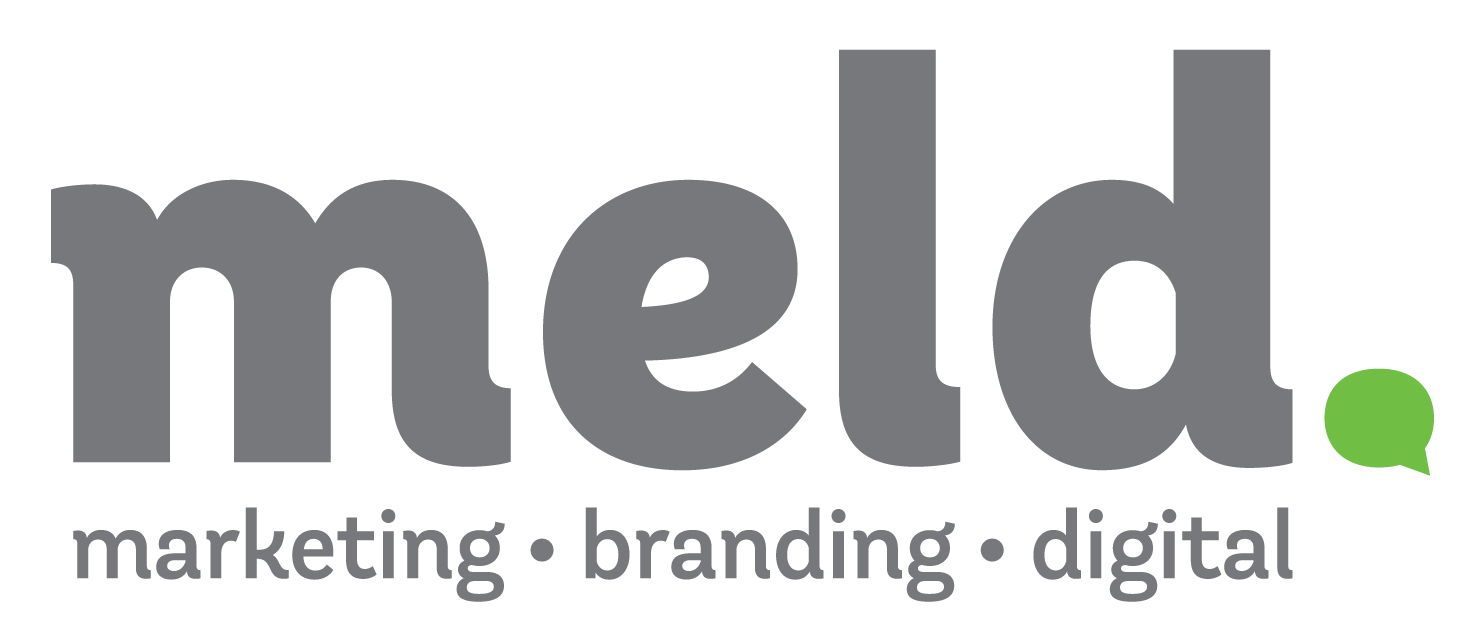I had a professor once who started every semester with a question, “How many kinds of people are there in the world, and who are they?” And as a class, we would claim that there are two types of people: those who buy our products, and those who don’t. While this is an incredibly broad categorization of the population, with a slight modification, this works perfectly for SEO (search engine optimization) purposes. On the Internet, there are two types of people: those who see your content, and those who don’t. Again, while this categorization may be broad, it is not inaccurate. SEO is important, especially considering that 87% of retail shoppers start their journey online. Ideally, your SEO strategy will allow you to live in the perfect middle ground, where those who buy your product and those who see your content meet. In this post, I will discuss the 10 SEO mistakes that are commonly made, and what you can do to avoid them.
1. Overusing and Abusing Keywords
Everyone knows someone who will repeatedly tell the same joke over and over again, until someone finally laughs. Search engines previously operated in a similar way, and rewarded sites who said the joke – or in this case, the keyword – over and over again. However, as search engines have advanced, so has the search engines ability to identify when a word is being repeated over and over again, especially when it is used in an unnatural way. In fact, search engines can pick up on overused, abnormally-placed keywords and will punish your sites SEO ranking. Because of this, it is important to write natural sounding copy and use intentional keywords in a way that makes sense for your content and your audience.
2. Stale Website Content
Websites take a good amount of time, thought, and skill to create. In essence, your website is your baby. However, just creating a website is not enough for a good SEO strategy. You must feed your baby. While you may not actually be finding a way to physically give your website food, you do need to update your website content regularly. Posting new content on your website (i.e. blogs, photos, upcoming events) allows your website to appear in more online searches, along with demonstrating to your audience that your business is active. An inactive blog or outdated calendar of events can make potential customers wonder if you are still open and operating.
3. Not Taking Advantage of Google My Business
Nowadays, users tend to Google a particular business they are looking for rather than memorizing and typing in that business’s full URL. This means that while not everyone uses Google the same way, a large majority of business and purchase decisions begin on Google. Because of this, keeping your Google My Business listing up-to-date is crucial. Google My Business is the window that appears on the right side of search results, and lists your businesses website, hours, phone number, products/services/menus, reviews, physical address with a map, and photos you (or your customers) have added. It is a one-stop-shop for any information a potential customer could want and greatly simplifies the customer journey.
4. Ineffective Page Titles and Meta Descriptions
The average Google search session lasts under 1 minute. Because of this, it is incredibly important to write a page title and a meta description that creates interest in your page. By having a page title that is informative, interesting, and accurate, you can increase the number of clicks on your page. Meta descriptions are also important to engaging users who are searching on the web. A meta description is the brief line of text under the page title, and has a limit of 160 characters. Writing an engaging meta description for each page on your website will help users understand what the page is about, along with providing more information for search engines to rank your page. Search engines want to be sure that your page title, meta description, and the content on the page are related and utilize similar keywords.
5. Failure to Audit and Review Your Own Website
Along with creating and generating content that will allow you to perform well in search engine rankings, it is important to make sure that your website can satisfy the need that prompted the customer search. Websites need to be monitored for site performance and to ensure the user has a smooth and informative experience. The functionality of your website also improves your standing within Google’s algorithm as well. Google evaluates your site speed, structure, time spent on your site, and mobile usability when determining your ranking. Evaluating your website—even on a quarterly basis—is a great way to ensure your site is fully optimized and performing well, which in turn will improve your SEO ranking.
6. Not Promoting Content to Your Audience
As time-consuming as generating quality and engaging content may feel, it is a wasted effort if no one visits your website to see it. Simply posting a blog to your businesses Facebook page will organically reach less than 1% of your Facebook followers. Your content’s reach is important to your SEO ranking, as an increase in visitors to your page can help boost your SEO ranking. It is also important to consider where your audience will access your content from. In 2020, it is expected that almost half of all web searches will become voice based. With the growth of voice activated devices, it is more so important to understand how your audience might verbally ask a question about your business, and promote content in a way to answer their questions. Make sure that you are creating and posting “share-worthy” content—content that your audience will share on social channels or even link from their own websites. Writing content that other websites want to share with your audience can help to increase your SEO rankings. In fact, one of the most important ranking factors for Google is the amount of quality domains that are referencing your content. With all of this considered, it is crucial that your business creates valuable content people feel compelled to share with others, and then sharing that content yourself.
7. Not Properly Preparing Images for SEO
Your website is an important marketing tool. Therefore, it’s crucial to ensure the images on your site represent your brand and relate to your content. On most web pages, the image is the largest contributor to page size. If your image is too large, it can slow your page down and lead to a negative experience on the website. Along with harming the customer experience, your page speed affects your SEO standing. By optimizing your image size, you can increase web page speed, which in turn improves your SEO ranking.In addition, applying alt-text, descriptions, and even the name of the image file itself is important. Alt-text is a short phrase that tells the audience what the image contains. This is only shown to the audience in the case of an image not loading, but alt text also serves as a relevance indicator for search engines. This word or phrase allows search engines to have a more complete understanding of the image, and display it appropriately. A description can allow visually impaired visitors to use a screen reader and understand what is being depicted. Finally, file name should ideally be related to the company and differentiate the image. File names like header, Hero_2, or DSC_0233948.jpg will not help your SEO, nor relate the image back to your website content.
8. Not Redirecting Your Old Website to Your New Website
Imagine your customers are searching for your business, and they click on a search result for your old webpage, only to receive the dreaded 404 error message. This can also happen if they are clicking through your site to materials that no longer exist or are linked to site location that has changed. While these errors are frustrating to the user, they also serve as red flags for search engines. Links on your website to pages that don’t exist tell the search engine that the website will offer a poor user experience, and drives your search engine ranking down. To fix this problem, prepare a 301 redirect to the correct page, or remove pages from your site that no longer exist or are no longer relevant. You can use website plug-ins to monitor 404 pages and take appropriate action.This will benefit both the user experience and your SEO rankings.
9. Not Optimizing for Local Searches
82% of mobile users will conduct a “near me” search when shopping for a product or service. Because of this, it is important to optimize your website and content for local search results. If I were to search for food near me in Iowa and received results for a restaurant in Georgia, I would be greatly disappointed…and hungry. The same philosophy holds true for your business. By including local cities and landmarks in your content (when relevant) and adding your physical address to your website, you can help boost your local rankings.Engaging on local review pages (i.e. Google and Yelp) can also increase your standing among other local businesses, along with creating credibility through customer reviews.
10. Failing to Monitor SEO Statistics
After all of your time and effort spent on developing and executing your SEO strategy, you want to be able to monitor if your changes worked. First, it is important to define what your goals may be. Whether it’s an increase in page views, an increase in impressions, or a combination of other metrics you can monitor, clarifying your goal from the start is important. Once your goal has been clearly defined, you must find a way to monitor said goal. By using monitoring services, such as Google Analytics, or more advanced SEO-specific sites like SERPstat or SEMrush, you can view your progress over time, and pinpoint which changes you have made are having the best effects on your performance.
Need Help with your SEO Strategy?
Many of the mistakes touched on in this blog are items that Meld looks at when reviewing current client websites and considering potential improvements. We can help you create your initial website, update your existing website, or develop a fully-redesigned site. In addition to providing hosting and maintenance, we can provide content creation and updates. This can include blog posts, landing pages, downloadables, and other content features—all created with SEO in mind. Ready to talk about your goals? Let’s chat! We’ll even provide a free preliminary audit of your existing site to see where you could improve your customer experience.



